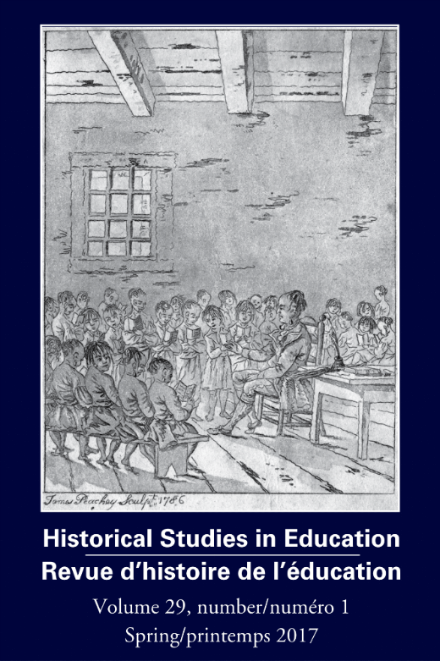Mamook Kom'tax Chinuk Pipa / Learning to Write Chinook Jargon: Indigenous Peoples and Literacy Strategies in the South Central Interior of British Columbia in the Late 19th Century
- Chinook Jargon,
- literacy,
- British Columbia,
- Secwepemc,
- Oblates
- Shorthand,
- Jargon Chinook,
- Chinuk pipa,
- alphabétisation,
- Colombie-Britannique,
- oblats,
- sténographie ...More
Abstract
ABSTRACT
During the mid-nineteenth century, the advent of multiple gold rushes swept foreign populations into what is now known as the British Columbia Interior, bringing a variety of European languages to the homeland of a multitude of Indigenous languages. In order to bridge communication gaps between these populations, Chinook Jargon, a composite trade pidgin, quickly spread. The Jargon or “Wawa” became so common that, in the last decade of the century, Catholic priest Father J. M. R. Le Jeune developed and standardized a shorthand writing system for the Jargon—Chinuk pipa—and used it to publish a popular local newspaper. At the same time, residential schools began operating in the region, and English was aggressively promoted; however, contrary to expectations at the time and perceptions since, English literacy developed slowly in the British Columbia Interior. By contrast, Chinook pipa spread quickly and literacy in the Chinook Jargon—for a time—outstripped English literacy. Drawing on extensive primary research in the archives of the Oblates of Mary Immaculate missionary order, interviews, and literature in linguistics, missionary history, Indigenous languages, and colonial exchange, this article considers the different learning and teaching strategies that were used to develop English and Chinook literacy, and their subsequent successes or failures. In so doing, it challenges understandings about the role of pidgins and literacy in more global settler colonial contexts and offers an intervention to the wider theme of the role of literacy in the missionary project.
RÉSUMÉ
Au milieu du XIXe siècle, plusieurs ruées vers l’or ont attiré des populations étrangères vers ce qui est aujourd’hui connu comme l’intérieur de la Colombie-Britannique, introduisant du même coup différentes langues européennes sur les terres ancestrales d’une multitude de langues autochtones. Afin de permettre à ces populations de communiquer, un Jargon Chinook, sorte de pidgin composite destiné au commerce, s’est rapidement répandu. Ce Jargon aussi appelé « Wawa » est devenu si courant que, dans la dernière décennie du siècle, le prêtre catholique Père J. M. R. Le Jeune a développé et standardisé un système d’écriture sténographique pour le Jargon—Chinuk pipa—et l’a utilisé pour publier un journal local fort populaire. Au même moment, les pensionnats autochtones qui s’établissaient dans la région faisaient une promotion agressive de l’anglais. Pourtant, contrairement aux attentes de l’époque et aux perceptions entretenues depuis, la maîtrise de l’anglais s’est développée lentement dans l’intérieur de la Colombie-Britannique. En revanche, le Chinuk pipa s’est répandu rapidement et la connaissance du Jargon Chinook a dépassé — pour un certain temps — celle de l’anglais. En s’appuyant sur une vaste recherche dans les archives de la Congrégation des missionnaires oblats de Marie-Immaculée, des entrevues, ainsi que la littérature sur la linguistique, l’histoire missionnaire, les langues autochtones, et l’échange colonial ; cet article examine les différentes stratégies d’apprentissage et d’enseignement utilisées pour développer le niveau d’alphabétisation en anglais et en Chinook, de même que leurs succès et leurs échecs ultérieurs. Ce faisant, il remet en question la compréhension du rôle joué par les pidgins et la littératie dans des contextes coloniaux plus larges, et propose une ré exion sur le thème plus large du rôle de l’alphabétisation dans le projet missionnaire.
